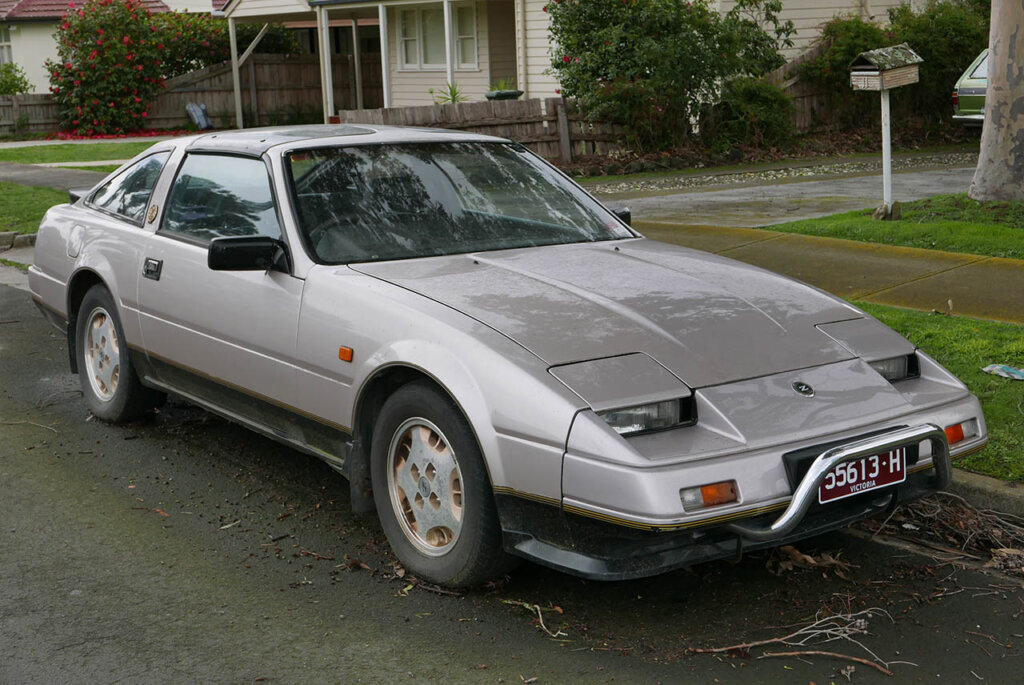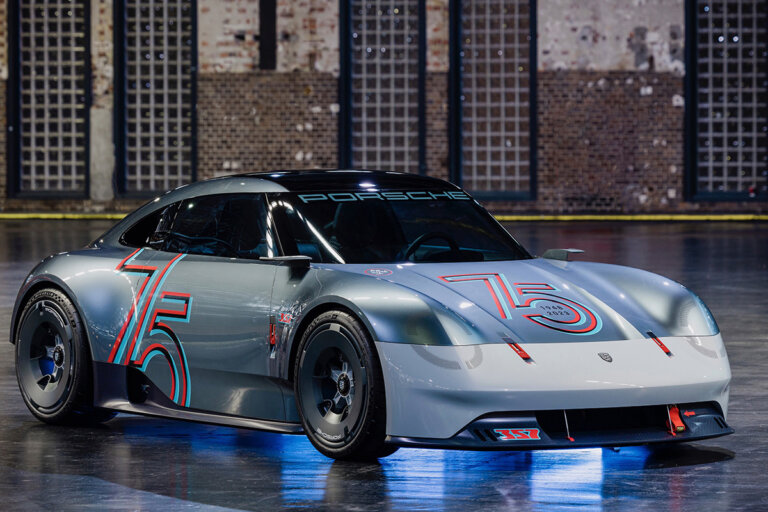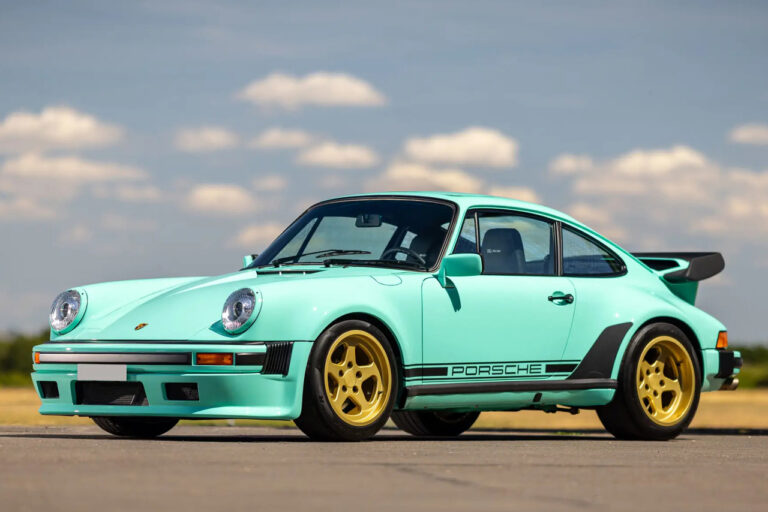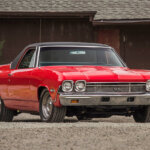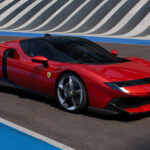The Next Generation of the Nissan Z: 1974–1989
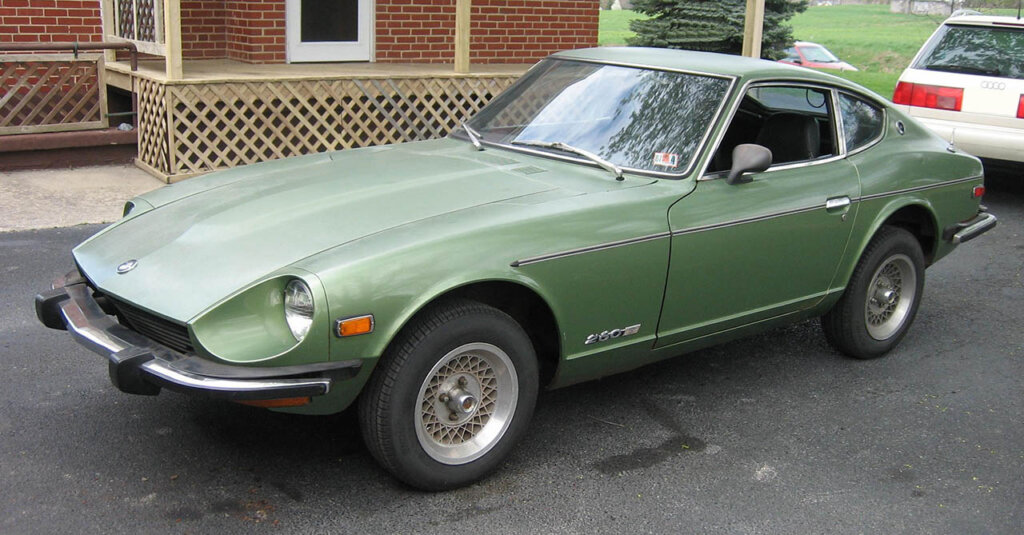
Source: Wikipedia
260Z: 1974–1978
The Nissan Datsun 260Z, the successor to the iconic 240Z, continued the legacy of the Z-Car lineage. Introduced in 1974, the 260Z brought forth new enhancements, further refining the sports car experience with its performance, design, and technological advancements. The 260Z boasted a 2.6-liter inline-six engine, providing a boost in power and torque compared to the previous model. This upgrade allowed the 260Z to deliver a thrilling driving experience, with smooth acceleration and impressive performance on both city streets and open highways. The independent rear suspension, coupled with the car’s relatively light weight, contributed to its nimble and agile characteristics. The 260Z offered an engaging driving experience, inspiring confidence through corners and providing an exhilarating ride that left a lasting impression.
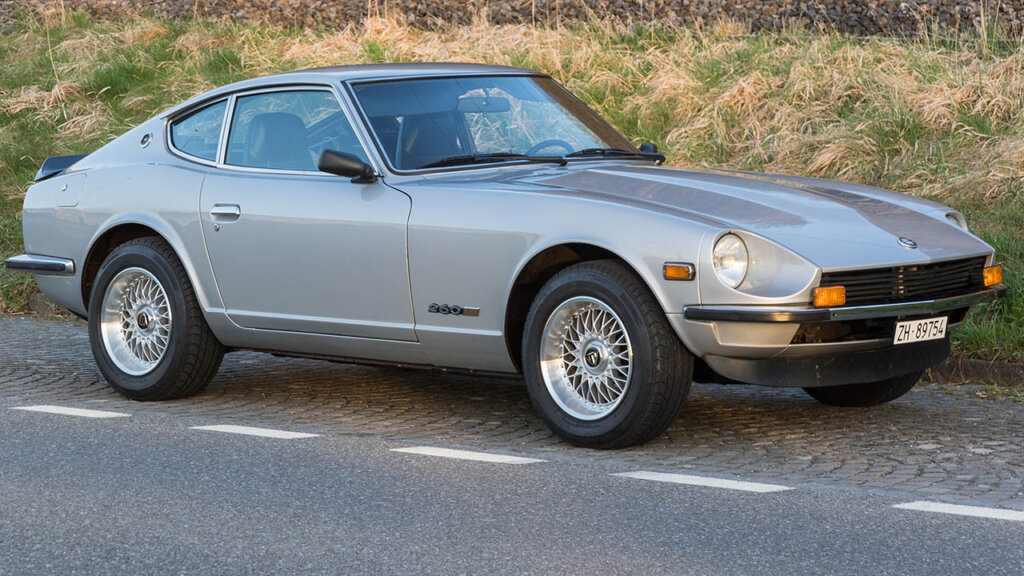
During its production run, the 260Z underwent some changes and updates to enhance its appeal. In 1975, the U.S. government implemented stricter safety regulations, leading Nissan to introduce 5 mph (8 km/h) impact-absorbing bumpers. While these bumpers slightly altered the car’s aesthetics, they were a necessary addition to meet safety standards. Nonetheless, the overall design remained intact, preserving the 260Z’s timeless charm.
280Z: 1975–1978
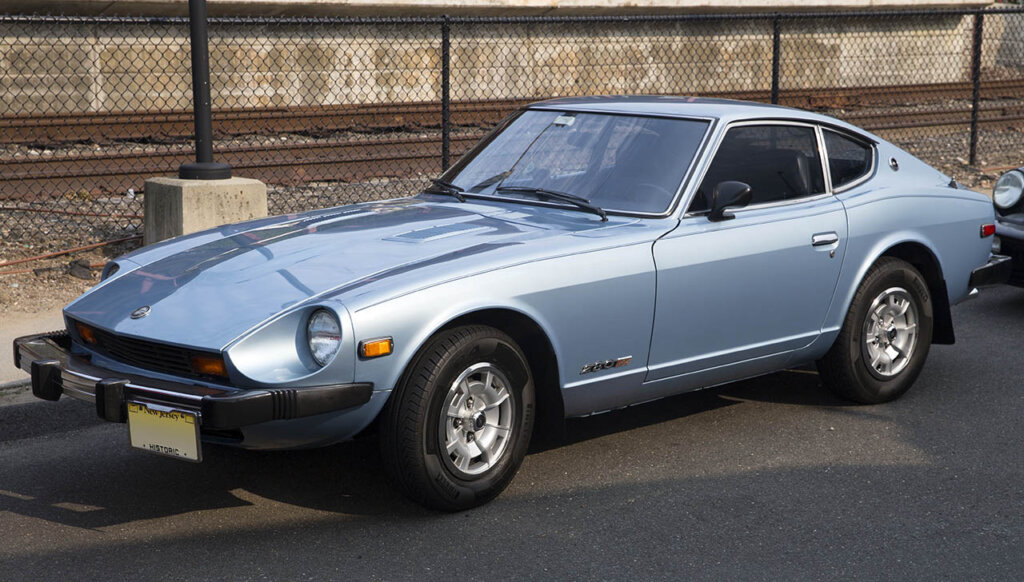
In 1975, Nissan introduced the Datsun 280Z, following the 260Z. To meet the increasingly strict emission and safety standards in the United States, Nissan made several modifications to the S30 models. The original L26 engine found in the 240Z was enlarged to a 2.8-liter L28 engine, delivering a boost in power and torque. Equipped with a Bosch L-Jetronic fuel injection system, the 280Z offered smooth and responsive acceleration, allowing drivers to experience exhilarating performance on the open road.
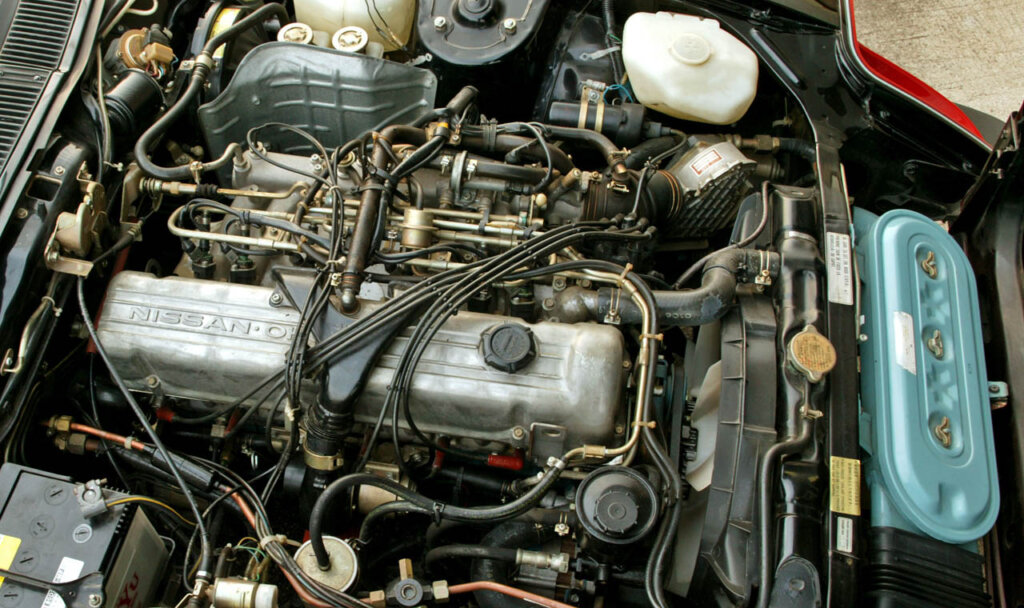
Source: Wikipedia
The design of the 280Z was a perfect fusion of elegance and aggression. With its long, sweeping hood, sleek lines, and iconic profile, the 280Z exuded a sense of timeless style. The distinctive pop-up headlights and bold chrome accents added a touch of sophistication, ensuring that the 280Z turned heads wherever it went. Inside the cabin, the 280Z offered a driver-focused environment, with supportive seats, well-placed controls, and a sense of purposeful simplicity that emphasized the car’s performance-oriented nature.
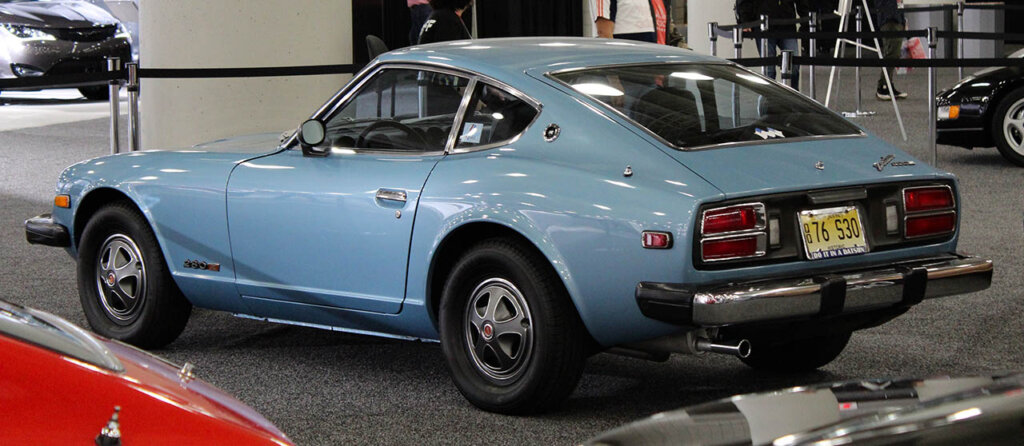
280ZX: 1978–1983
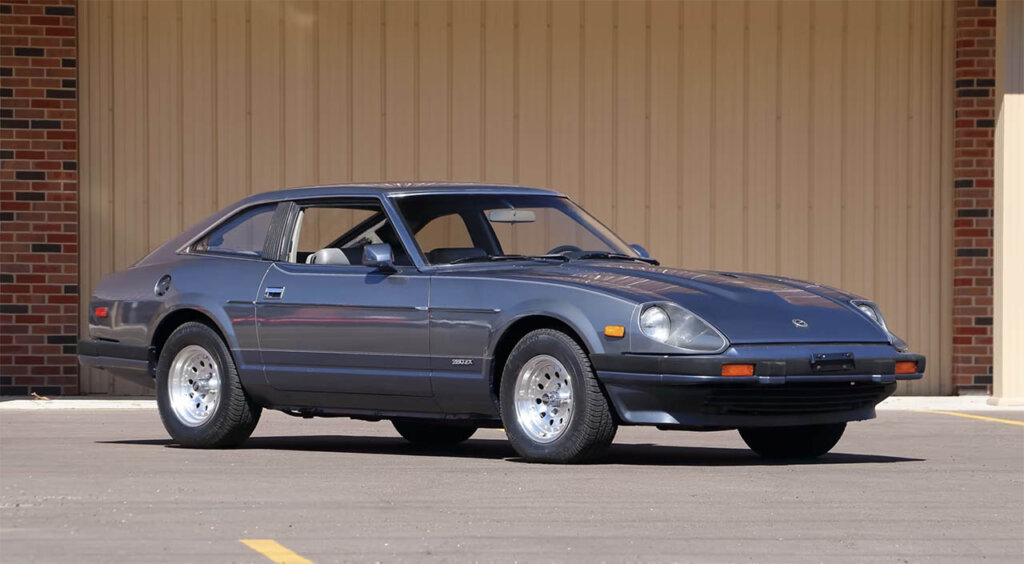
Source: Mecum Auctions
The 280ZX marked another significant evolution in Nissan’s Z- Car lineage. Making its debut in 1978, the 280ZX was redesigned with a more sporty and aerodynamic design compared to its predecessors. Its sleek profile, integrated front and rear bumpers, and distinctive T-top roof option exuded a sense of contemporary elegance. The attention to aerodynamics resulted in improved stability and reduced drag, enhancing both performance and fuel efficiency.
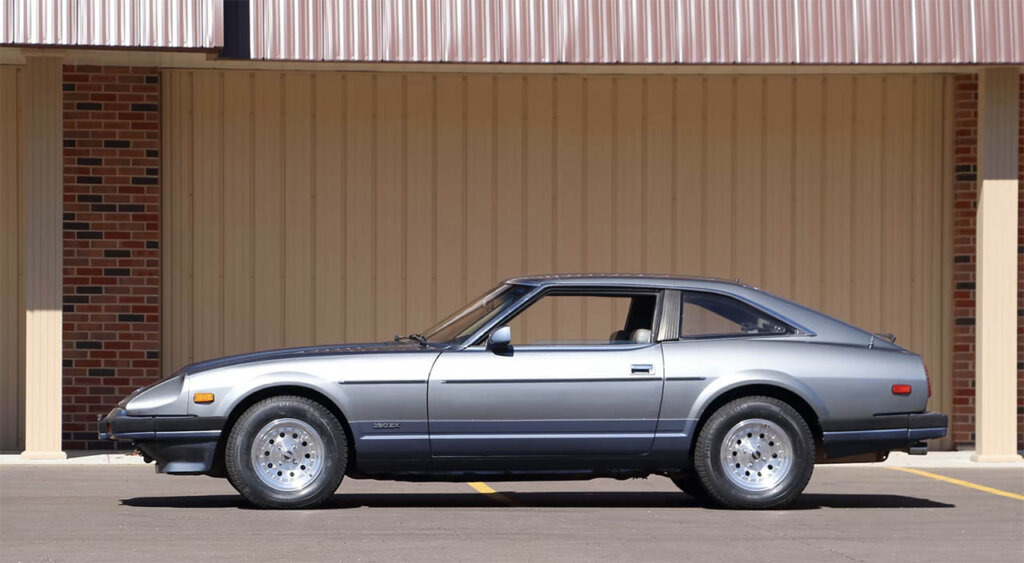
The interior of the Fairlady Z (S130) provided a driver-focused environment, with a cockpit-style layout and well-placed controls. The seats were designed to offer comfort and support during spirited driving, while modern amenities and features added convenience and enjoyment. The car also featured advanced audio systems, enhancing the overall driving experience.
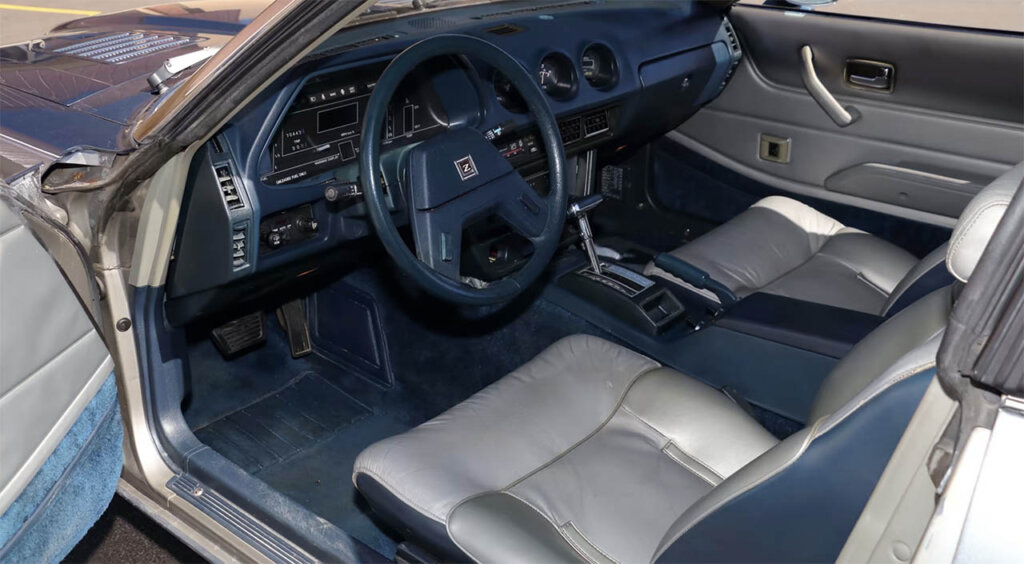
Source: Mecum Auctions
The 280ZX offered two engine options: a 2.8-liter inline-six engine and a turbocharged variant. These powerplants delivered exhilarating performance, combining smooth acceleration and responsive handling. The refined suspension and improved chassis rigidity further enhanced the car’s agility and stability on the road.
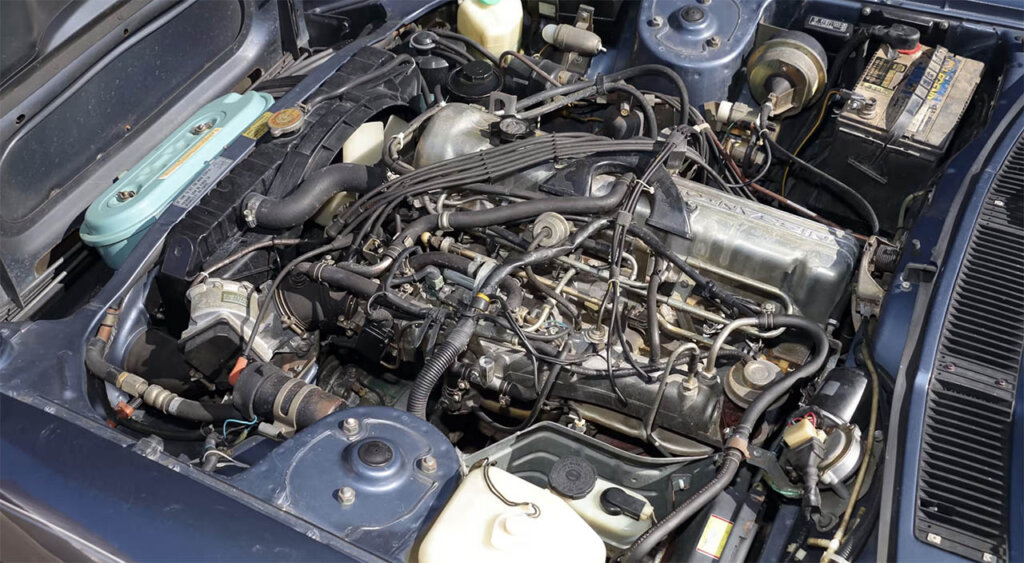
300ZX (Z31): 1983–1989
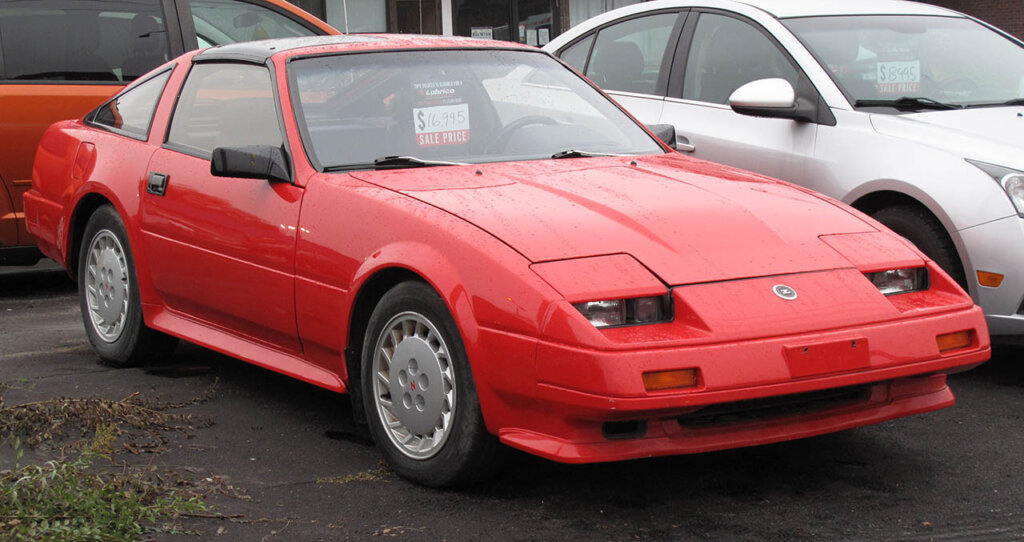
Source: Wikipedia
Following the 280ZX, Nissan introduced their next model in their iconic Z-Car lineup. The Nissan Datsun 300ZX (Z31), unveiled in 1983, represented a new era of sports car innovation. With its cutting-edge technology, powerful performance, and sleek design, the 300ZX took the Z-Car lineage to new heights and solidified its place as an automotive icon.
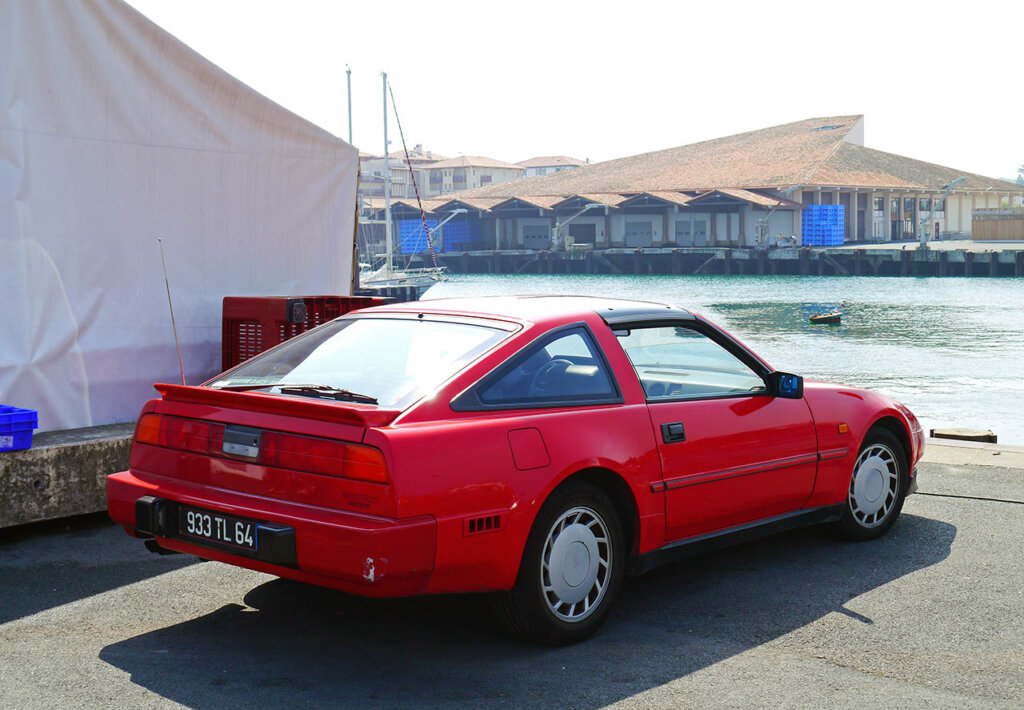
The 300ZX showcased a captivating and aerodynamic design that captured attention wherever it roamed. Its low-slung profile, sculpted body lines, and retractable headlights emphasized its sleek and futuristic appeal. The attention to aerodynamics not only enhanced the car’s aesthetics but also improved stability and fuel efficiency at higher speeds. The 300ZX also introduced groundbreaking technological features that set it apart from its predecessors. It became one of the first cars to incorporate a fully digital instrument panel, offering a wealth of information at the driver’s fingertips. Additionally, it boasted advanced features like active suspension, four-wheel steering, and a sophisticated anti-lock braking system, further enhancing its performance and handling capabilities.
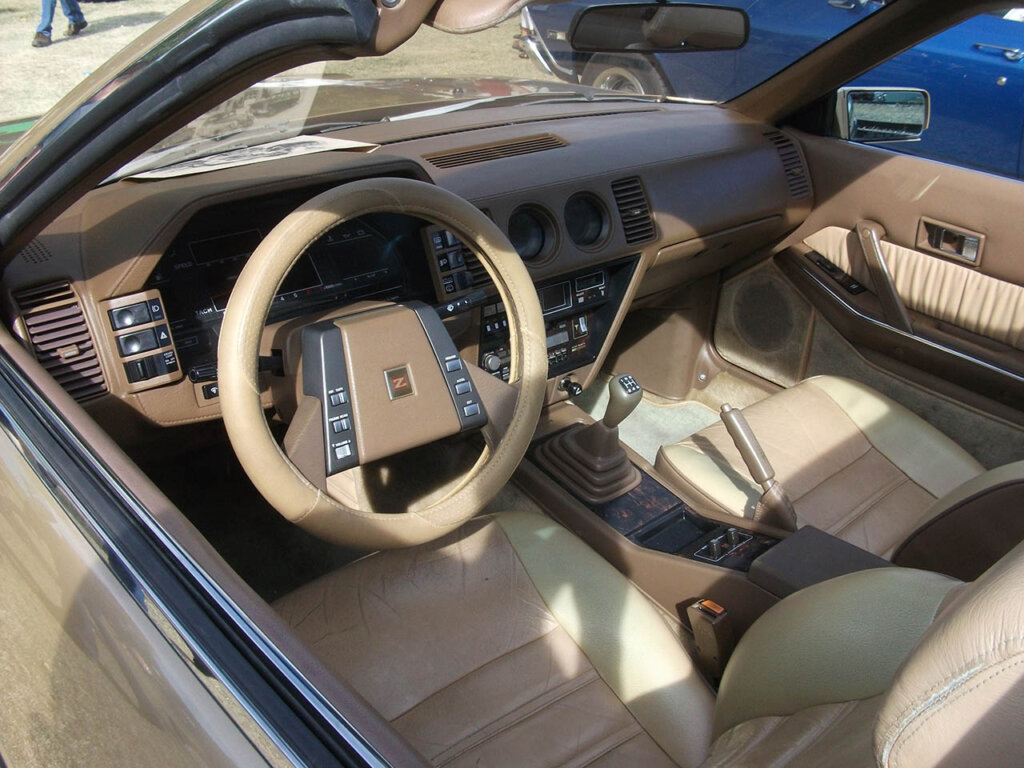
Source: Wikipedia
The 300ZX offered a range of powerful engine options. Initially, it was offered with a 3.0-liter V6 engine, which was later upgraded to a twin-turbocharged version in the later models. This twin-turbo setup significantly enhanced the car’s performance, delivering impressive acceleration and top speed. The 300ZX was also technologically advanced for its time, featuring innovations such as a digital dashboard, a retractable antenna, and an optional four-wheel steering system called “Super HICAS” (High Capacity Actively Controlled Steering). These features aimed to provide a more immersive and driver-focused experience.
